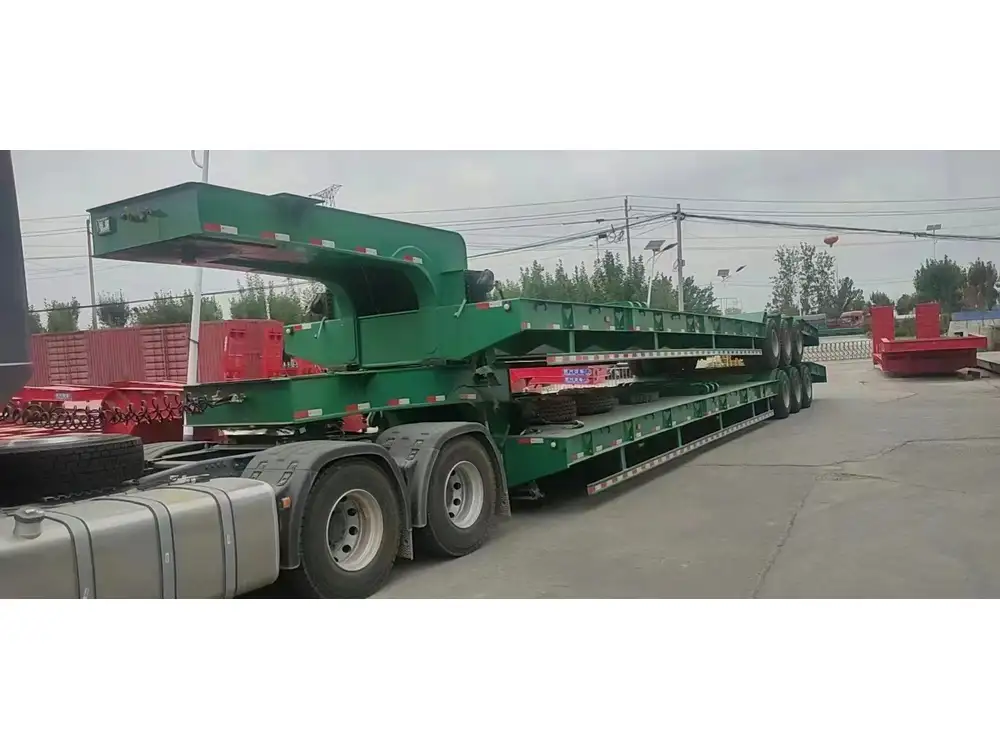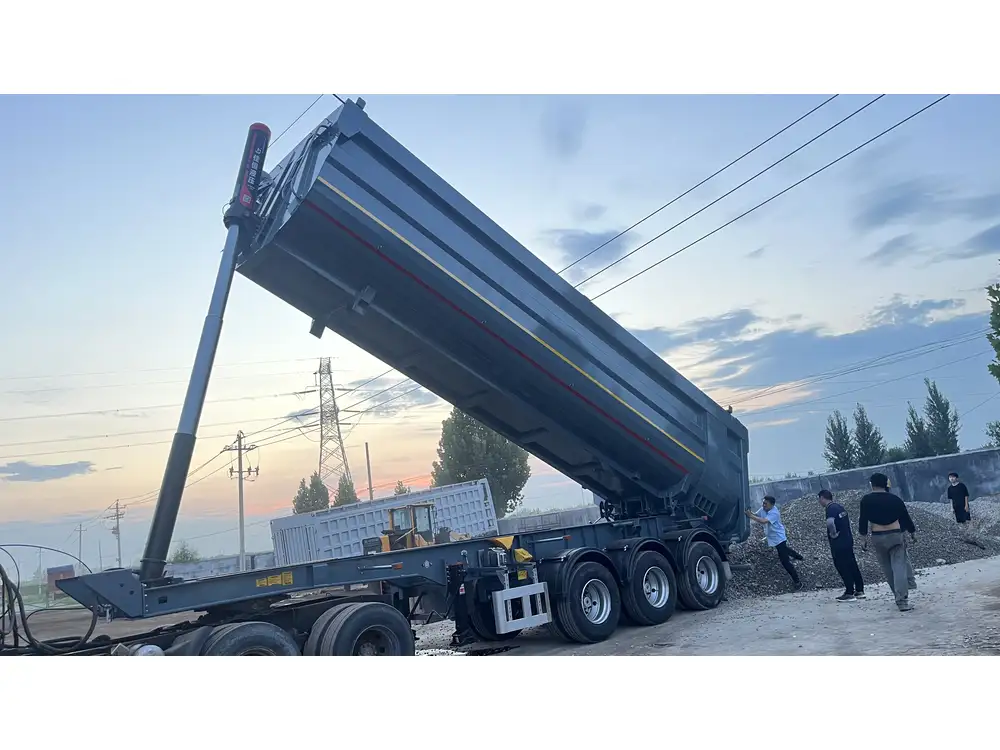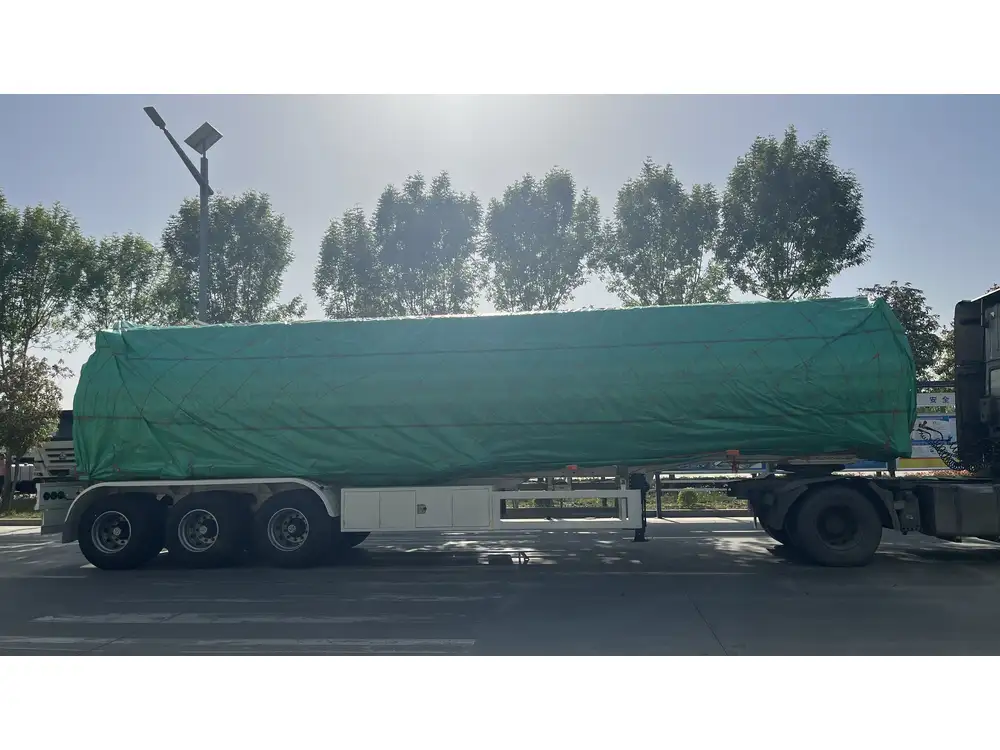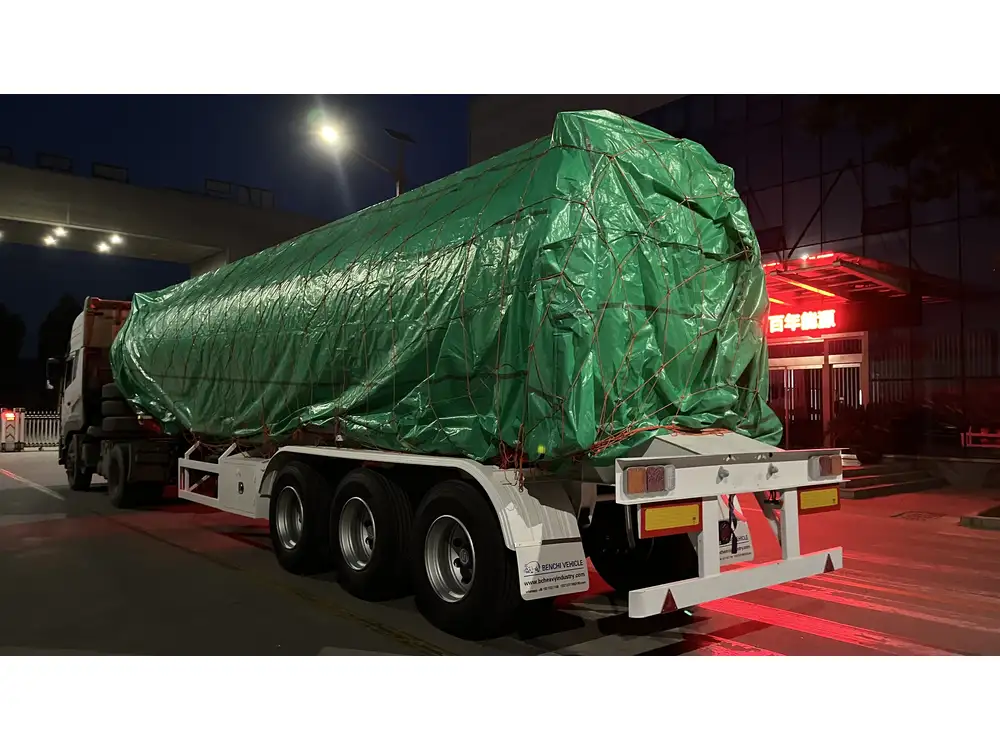Building a dump trailer for a garden tractor is an innovative and practical solution for efficiently transporting materials around your property or site. Whether you’re moving dirt, mulch, or debris, a well-designed dump trailer enhances productivity and can be an enjoyable DIY project. In this article, we will delve into the detailed steps, components, and considerations necessary to create a functional dump trailer.
Table of Contents
- Understanding the Components of a Dump Trailer
- Chassis
- Dump Bed
- Hydraulic System
- Wheels and Axles
- Hitching Mechanism
- Essential Tools and Materials
- Step-by-Step Build Process
- Step 1: Designing Your Trailer
- Step 2: Constructing the Chassis
- Step 3: Building the Dump Bed
- Step 4: Installing the Hydraulic System
- Step 5: Attaching Wheels and Axles
- Step 6: Finalizing with the Hitch
- Safety Considerations and Best Practices
- Maintenance Tips for Longevity
- Conclusion
1. Understanding the Components of a Dump Trailer
Before embarking on the construction of a dump trailer, it is imperative to familiarize oneself with its essential components. Each component plays a vital role in the overall functionality and safety of the trailer.

Chassis
The chassis serves as the frame of the trailer and provides the fundamental structural integrity. Typically constructed from durable steel or aluminum, it needs to bear the load capacity you intend to carry.
Dump Bed
The dump bed is the compartment where materials are loaded. The design can vary, but it’s generally a rectangular box that can tilt to unload its contents. The height and width depend on your specific needs and the size of your garden tractor.
Hydraulic System
A hydraulic system is crucial for lifting the dump bed. This mechanism usually includes a hydraulic cylinder, hose, and pump, which can be powered by the tractor or a dedicated battery.

Wheels and Axles
Wheels and axles are fundamental for mobility. Ensure you select wheels and axles rated for the load you expect to transport. Bigger wheels may provide easier maneuverability, especially on uneven terrain.
Hitching Mechanism
The hitching mechanism allows the dump trailer to connect to the garden tractor securely. A simple pin-style hitch is common for smaller trailers.
2. Essential Tools and Materials
Before commencing your project, gather the following tools and materials:
| Tools | Materials |
|---|---|
| Welding Machine | Steel or Aluminum Sheets |
| Angle Grinder | Hydraulic Cylinder |
| Socket Set | Hydraulic Pump |
| Drill | Plywood or Steel for Bed |
| Measuring Tape | Axles and Wheels |
| Safety Gear | Hitching Kit |

3. Step-by-Step Build Process
Step 1: Designing Your Trailer
Begin by sketching your trailer design. Determine the dimensions based on the load capacity and the size of your garden tractor. Consider additional features like side walls and a tailgate for enhanced functionality.
Step 2: Constructing the Chassis
- Cut the metal pieces according to your design layout.
- Weld the frame together, ensuring it is square and level.
- Reinforce corners with additional metal supports to enhance stability.

Step 3: Building the Dump Bed
- Cut the plywood or steel sheets to create the base of the dump bed.
- Assemble and attach the four sides, ensuring that they fit snugly and are securely attached.
- If desired, add a hydraulic lift mechanism to one end of the bed.
Step 4: Installing the Hydraulic System
- Position the hydraulic cylinder beneath the dump bed at the pivot point.
- Connect the hydraulic system to the tractor’s power source, or install a standalone battery-powered unit.
- Attach hoses securely and test for any leaks.
Step 5: Attaching Wheels and Axles
- Assemble the axles and attach the wheels according to the manufacturer’s specifications.
- Ensure that the weight distribution is even to prevent tipping during operation.
- Perform a trial assembly to check height and alignment.

Step 6: Finalizing with the Hitch
- Attach the hitching mechanism to the front of the chassis.
- Use bolts and pins to ensure a secure connection to your garden tractor.
- Test the hitch with the tractor to ensure it is functional and stable.
4. Safety Considerations and Best Practices
Safety should be a paramount concern during and after construction:
- Personal Protective Equipment (PPE): Always wear safety glasses, gloves, and steel-toed boots while working with heavy machinery and tools.
- Load Limits: Never exceed the designed load capacity of your trailer. This could lead to spills or dangerous situations while driving.
- Regular Inspections: Consistently check the trailer’s structural integrity and the hydraulic system for wear and tear.
- Proper Maneuvering: Practice operating the dump trailer slowly, especially around tight corners and hills, to prevent tipping.
5. Maintenance Tips for Longevity
Proper maintenance will ensure that your dump trailer remains functional for years to come:

Regular Cleaning
Keep the dump bed clean from debris and materials, which can weigh it down and potentially cause rusting.
Lubrication
Apply grease to moving parts, especially the hitch and the hydraulic cylinder, to prevent wear.
Hydraulic Checks
Periodically inspect hydraulic hoses and connections for leaks and wear. Replace any damaged components to avoid failures.

Tires and Axles
Keep an eye on tire pressure and wear to prevent blowouts, especially when carrying heavy loads. Rotate tires regularly as part of maintenance routines.
Conclusion
Constructing a dump trailer for your garden tractor can be an enriching and highly practical project. By understanding the essential components, following a detailed construction guide, prioritizing safety, and committing to regular maintenance, you can create a dump trailer that not only meets your needs but also stands the test of time. Whether you’re using it for landscaping, gardening, or hauling equipment, a well-made dump trailer can enhance your productivity and efficiency significantly.
Embrace your creativity, and happy building!



